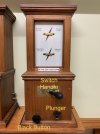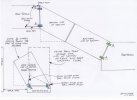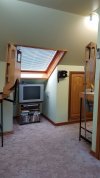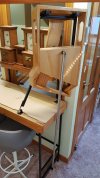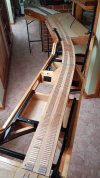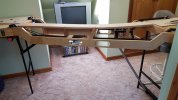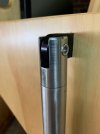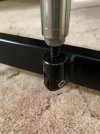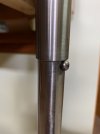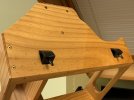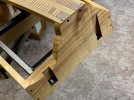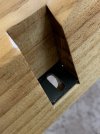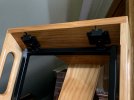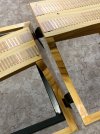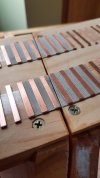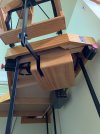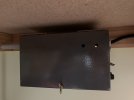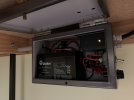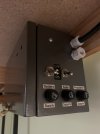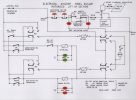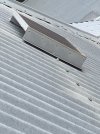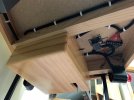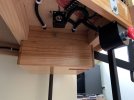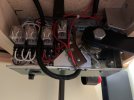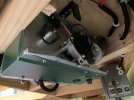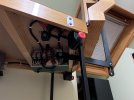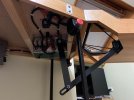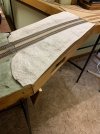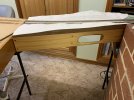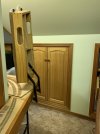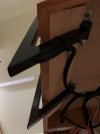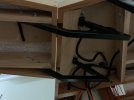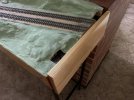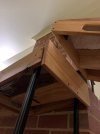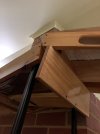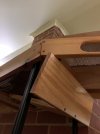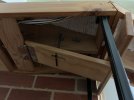WINTERS BLOCK is a easy system to work, the official Rules of their operation can be a bit confusing and many find it hard to grasp.
I will put in my own words the Sequence of Operation [1to 9] and * What is happening, which the official rules doesn't mention.
Note the SWITCH HANDLE can also be called the COMMUTATOR same thing different name.
Lets start with Two Signal Boxes A & B
Where A wants to send a DOWN Express Passenger train to B
1/ Signalman A calls Attention to B with ONE beat on the PLUNGER * this rings the Bell Once in the Instrument at B.
2/ Signalman B acknowledges this by giving One beat on his PLUNGER * this rings the BELL Once in the Instrument at A.
3/ Signalman A then asks B "is line clear for a Express Passenger Train" by giving Four Beats on his PLUNGER
* this rings the Bell Four times in the Instrument at B.
4/ If Signalman B can accept the train he Puts his SWITCH HANDLE to TRAIN ON LINE and gives Four Beats on his PLUNGER
* this rings the Bell Four times in the Instrument at A.
*Signalman A now knows that Signalman B has accepted the Train.
5/ Signalman A Pushes in his BLACK BUTTON while holding it in he then gives One Beat on his PLUNGER
* this rings the Bell Once in the Instrument at B and at the same time this MOVES BOTH DOWN LINE NEEDLES at A & B to
DOWN TRAIN ON LINE.
6/ As the Train passes into the section from A, Signalman A gives the Bell Signal "Train Entering Section" with TWO Beats on his PLUNGER
* this rings the Bell Two times in the Instrument at B.
7/ Signalman B acknowledges this by repeating it back to A by giving TWO Beats on his PLUNGER
* this rings the Bell TWO times in the Instrument at A.
8/ When the Train arrives at B and is complete Signalman B Puts his SWITCH HANDLE back to LINE CLEAR and gives the Bell signal
"TRAIN ARRIVAL" with THREE beats on his PLUNGER
* this rings the Bell THREE times in the Instrument at A.
9/ Signalman A on Receiving the THREE Bells Pushes in his BLACK BUTTON while holding it in he then repeats the
"TRAIN ARRIVAL Bell Signal with THREE Beats on his PLUNGER
*this rings the Bell THREE times in the Instrument at B at the same time this MOVES BOTH DOWN LINE NEEDLES at A & B to
DOWN LINE CLEAR.
